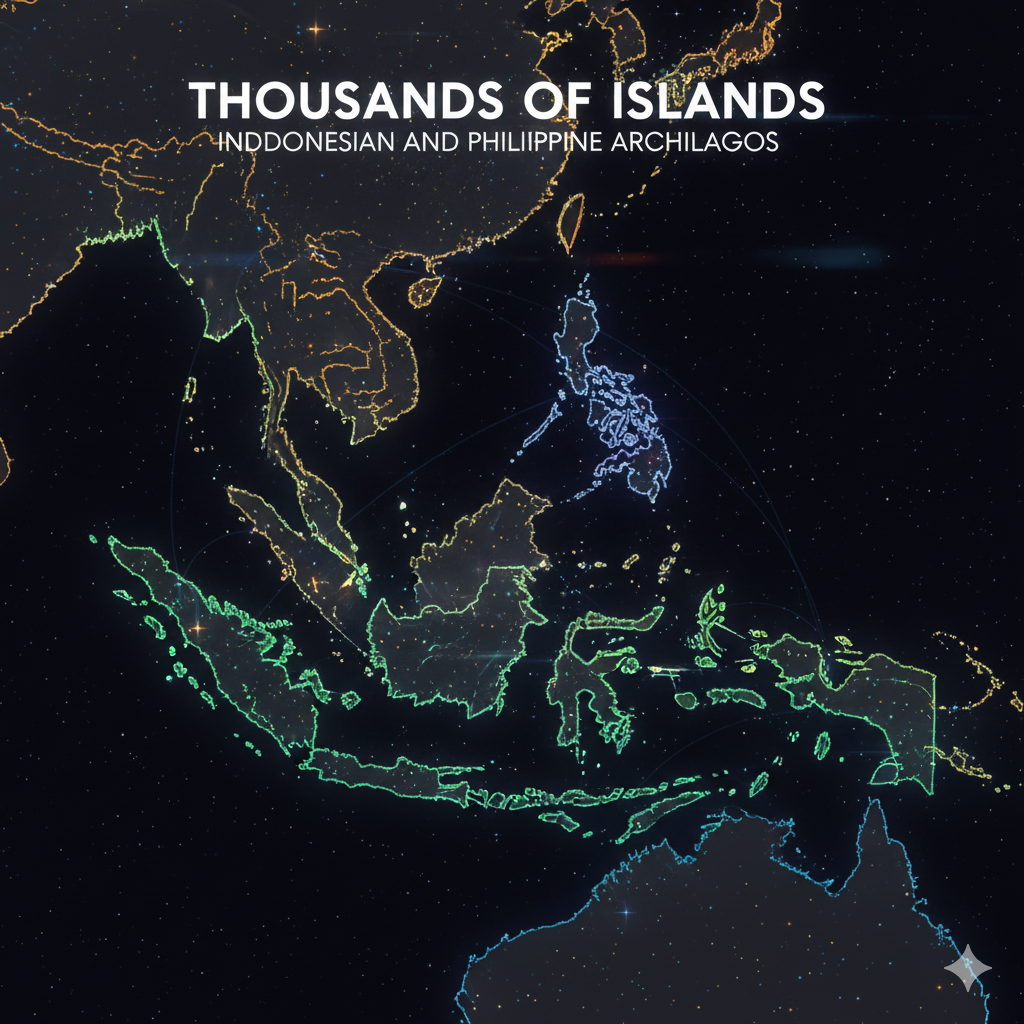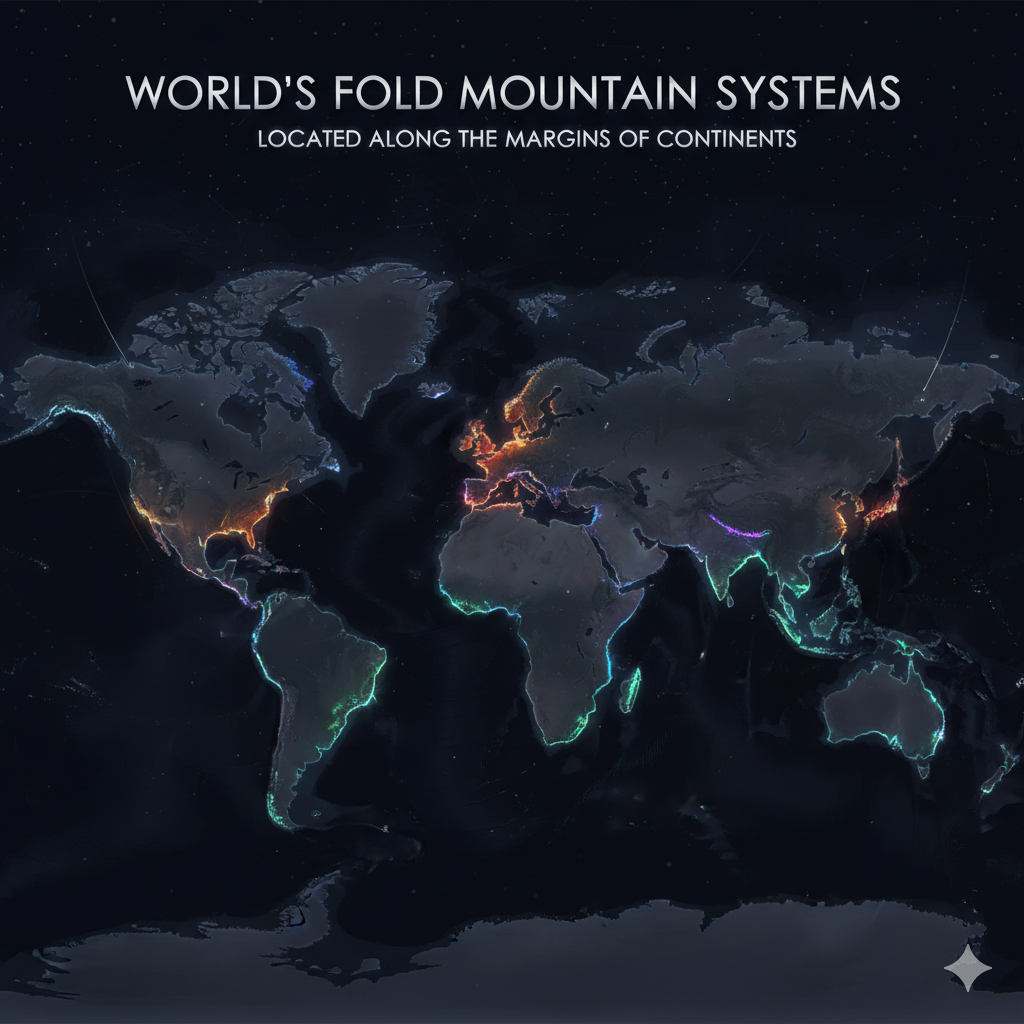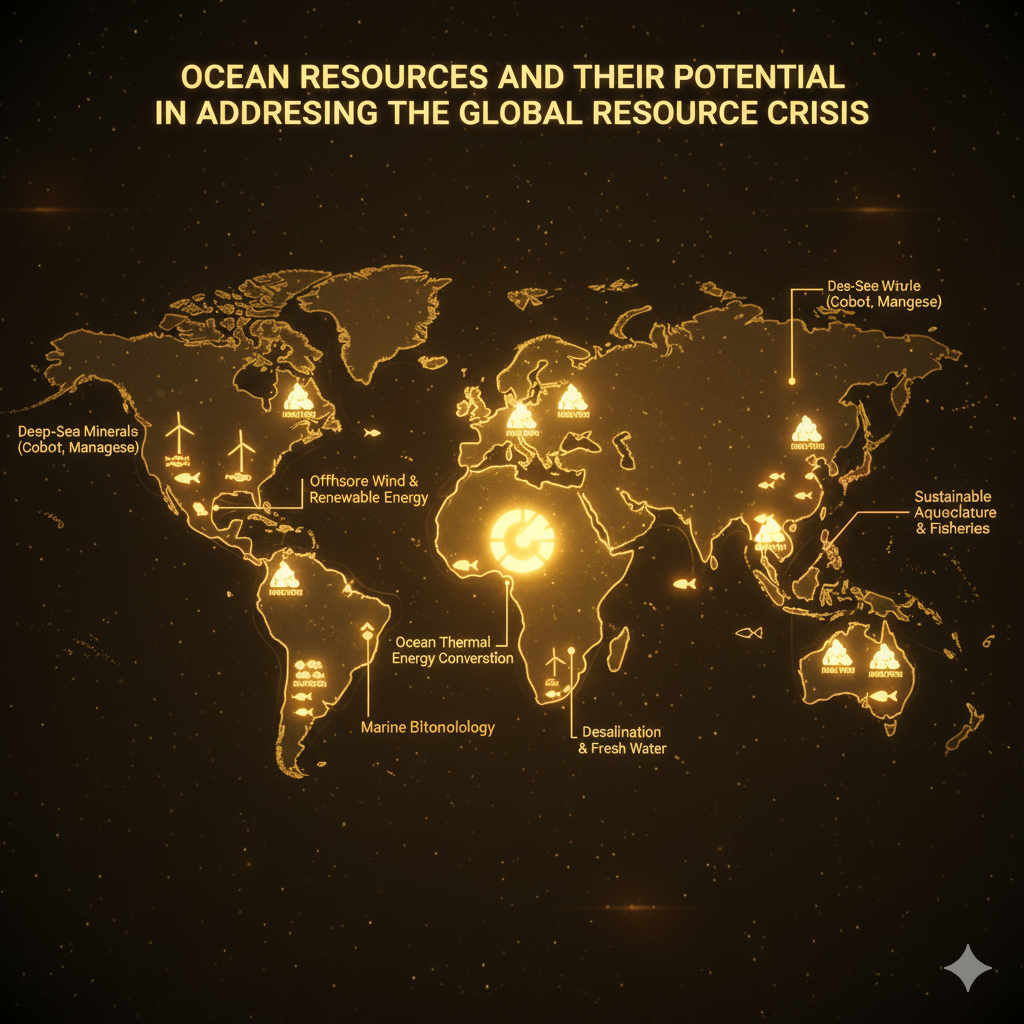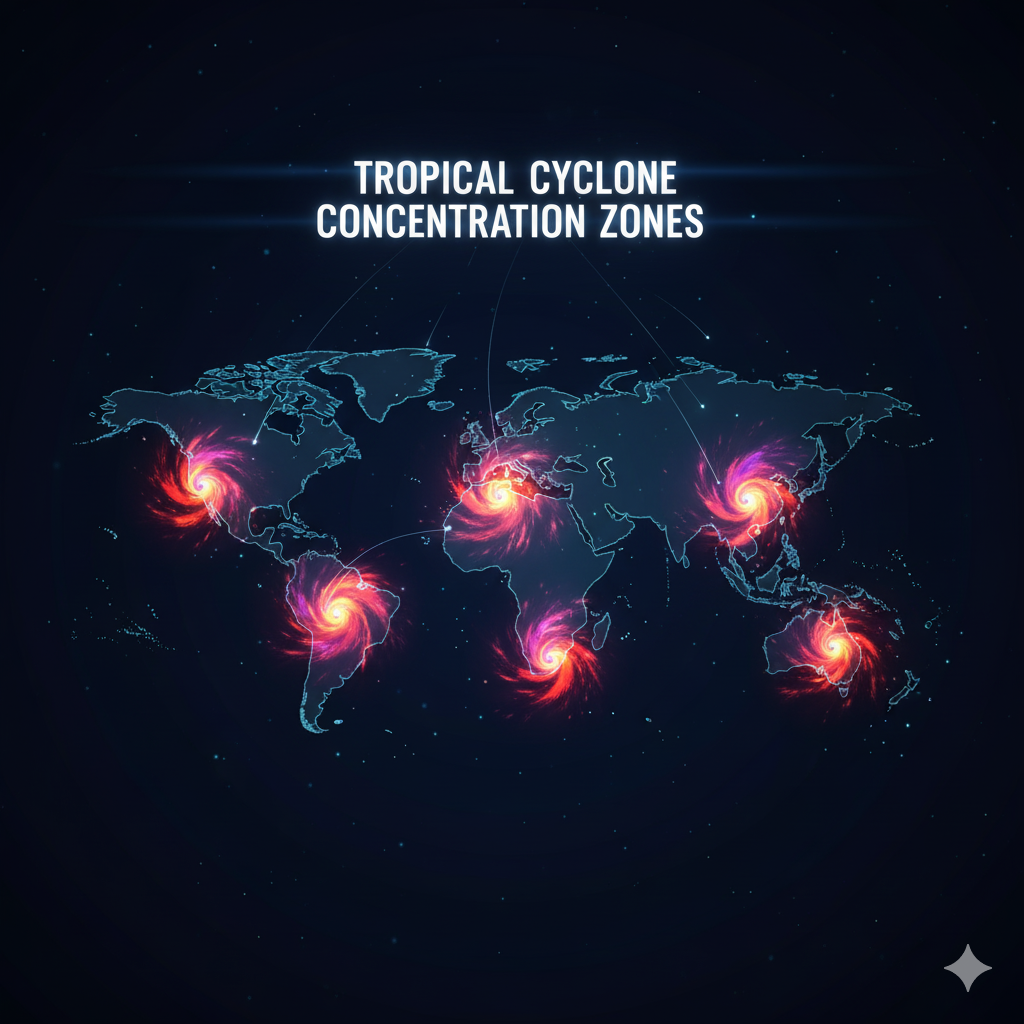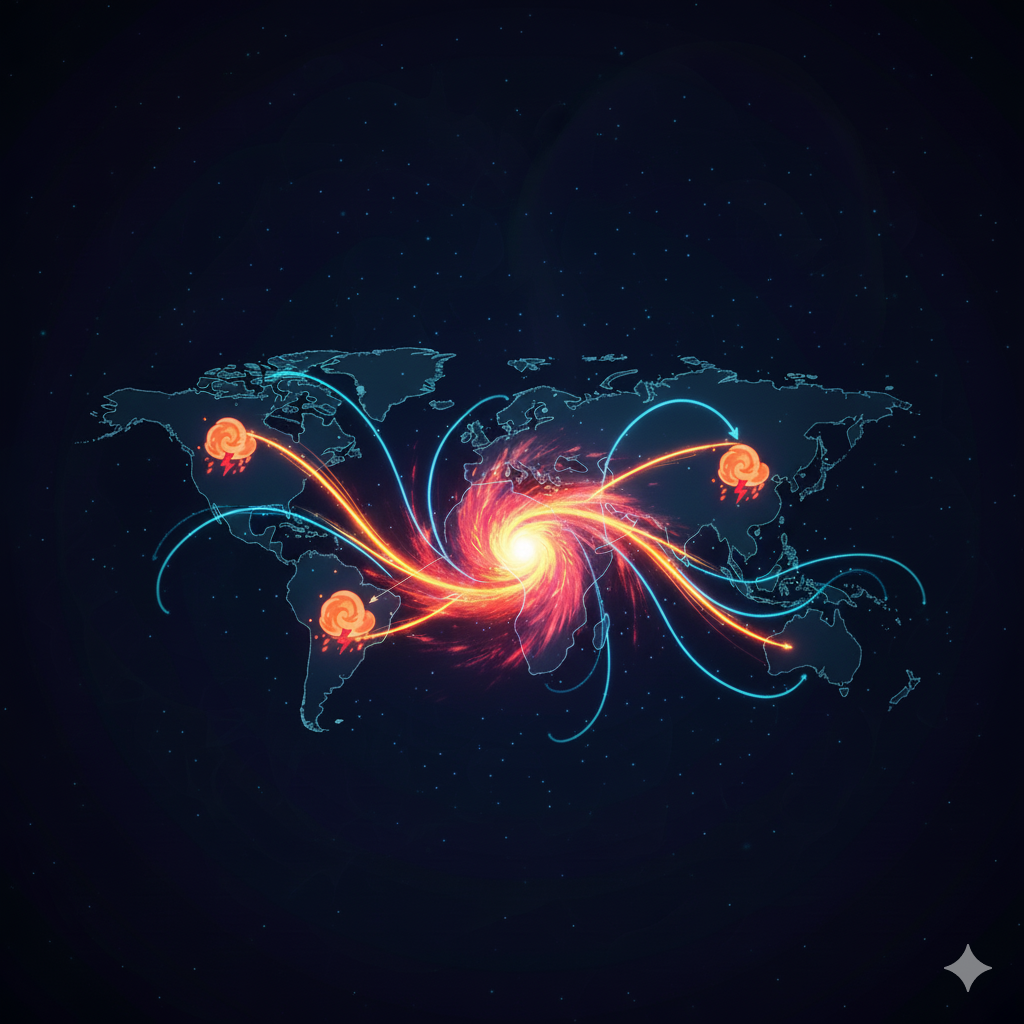Introduction
The Indonesian and Philippine archipelagos are among the most remarkable island groups in the world. Indonesia, the world’s largest archipelagic state, consists of more than 17,000 islands, while the Philippines comprises over 7,600 islands. These islands are not only geographically significant but also hold immense ecological, cultural, and economic value.
The origin of these vast archipelagos is primarily linked to plate tectonics, volcanic activity, and geological processes occurring at the boundaries of major tectonic plates. Their location in the Pacific Ring of Fire makes them one of the most tectonically active regions on Earth. This explains why both archipelagos are rich in volcanic mountains, subject to frequent earthquakes, and shaped continuously by natural forces.
This essay explores in detail the formation of the Indonesian and Philippine islands, explaining their geological background, the role of plate tectonics, volcanic activity, and the contribution of other geomorphological processes, while also highlighting their global significance.
Geological and Tectonic Setting of the Region
The Indonesian and Philippine archipelagos are situated in Southeast Asia, between the Pacific and Indian Oceans. Geologically, this region is one of the most complex and dynamic areas in the world due to the interaction of several tectonic plates.
Major Tectonic Plates Involved:
- Eurasian Plate – Covers mainland Asia and extends into western Indonesia.
- Indo-Australian Plate – Includes the Indian and Australian regions, subducting under parts of Indonesia.
- Philippine Sea Plate – A smaller oceanic plate interacting with both the Eurasian and Pacific plates.
- Pacific Plate – The largest tectonic plate, subducting beneath the Philippine Sea Plate and influencing the eastern Philippines.
These complex interactions explain the origin of thousands of islands in both archipelagos.
Formation of the Indonesian Archipelago
1. Subduction and Volcanic Arc Formation
- Indonesia lies at the convergence of the Indo-Australian Plate and the Eurasian Plate.
- The Indo-Australian Plate subducts beneath the Eurasian Plate along the Sunda Trench.
- This subduction leads to the formation of a volcanic island arc, which is why Indonesia has over 120 active volcanoes (e.g., Krakatoa, Mount Merapi, Mount Tambora).
- Each volcanic eruption contributes to the creation of new islands or the enlargement of existing ones.
2. Island Chains in Indonesia
- Sumatra, Java, and Bali: Formed due to subduction along the Sunda Trench.
- Lesser Sunda Islands (e.g., Lombok, Flores, Timor): Created by volcanic activity in the back-arc region.
- Sulawesi: A complex island formed from multiple micro-continental fragments and volcanic processes.
- Maluku Islands: Known as the “Spice Islands,” formed through subduction and volcanic processes.
- Papua (western part of New Guinea): Formed through continental fragments joining the island arc.
3. Role of Erosion and Sedimentation
- Rivers deposit sediments into shallow seas between islands.
- Coral reefs and atolls grow around volcanic islands, contributing to island expansion.
4. Earthquake Activity
- Indonesia is one of the world’s most earthquake-prone regions due to subduction and crustal movement.
- Earthquakes uplift land and create new islands (e.g., Simeulue Island uplift after the 2004 Indian Ocean earthquake).
Formation of the Philippine Archipelago
1. Location at a Tectonic Junction
The Philippines sits at the triple junction of the Eurasian Plate, Philippine Sea Plate, and Pacific Plate. This makes it a highly complex tectonic region.
2. Subduction Zones in the Philippines
- Philippine Trench: The Philippine Sea Plate is subducting beneath the Philippine Mobile Belt, forming volcanic islands like Luzon and Mindanao.
- Manila Trench: The Eurasian Plate is subducting beneath the Philippine Mobile Belt.
- These subduction processes create chains of volcanoes that form islands across the archipelago.
3. Volcanic Activity and Island Formation
- The Philippines has about 24 active volcanoes, including Mayon, Taal, and Pinatubo.
- Repeated eruptions produce layers of lava and ash that build islands over time.
- The 1991 eruption of Mount Pinatubo is one of the largest eruptions of the 20th century, reshaping the surrounding land.
4. Accretion of Microcontinents and Fragments
- Geological evidence shows that the Philippine archipelago includes fragments of continental crust and oceanic islands welded together by tectonic activity.
5. Coral Reef and Limestone Formation
- Many smaller islands in the Philippines are formed by coral growth and limestone deposition on submerged volcanic bases.
- These are especially common in regions like Palawan and the Visayas.
Comparative Analysis of Indonesian and Philippine Island Formation
| Aspect | Indonesia | Philippines |
|---|---|---|
| Main Tectonic Interaction | Indo-Australian Plate subducts beneath Eurasian Plate | Philippine Sea Plate and Pacific Plate interact with Eurasian Plate |
| Volcanoes | ~120 active volcanoes (highest in the world) | ~24 active volcanoes |
| Island Type | Large islands (Sumatra, Java, Borneo) + volcanic chains | Smaller, fragmented islands + volcanic + coral-based islands |
| Seismicity | Frequent major earthquakes and tsunamis (2004 Sumatra) | Frequent earthquakes, including deep-focus quakes |
| Additional Features | Coral atolls, micro-continents (Papua) | Limestone islands, coral reefs (Palawan, Visayas) |
Role of the Pacific Ring of Fire
Both Indonesia and the Philippines lie within the Pacific Ring of Fire, a horseshoe-shaped zone of intense seismic and volcanic activity encircling the Pacific Ocean.
- Around 75% of Earth’s active volcanoes are located in this ring.
- About 90% of the world’s earthquakes occur here.
- This explains why both archipelagos are characterized by island arcs, active volcanoes, and frequent seismic activity.
Other Processes Contributing to Island Formation
1. Coral Reef Growth
- Coral reefs grow around submerged volcanoes, eventually forming atolls (ring-shaped islands).
- Example: Parts of the Maluku Islands and southern Philippines.
2. Marine Erosion and Deposition
- Ocean currents and waves continuously shape coastlines, creating new small islands.
3. Uplift and Subsidence
- Some islands rise due to tectonic uplift, while others sink (subsidence), leading to changes in island shapes.
Significance of These Island Systems
1. Ecological Importance
- Mega-biodiversity hotspots with coral reefs, rainforests, and endemic species.
- Indonesia and the Philippines are part of the Coral Triangle, the global center of marine biodiversity.
2. Human Settlement and Culture
- Thousands of islands gave rise to diverse ethnic groups, languages, and cultural practices.
- Both countries are maritime nations with economies dependent on fishing, shipping, and tourism.
3. Economic Importance
- Rich in natural resources (oil, gas, coal, nickel, copper).
- Important global shipping routes pass through the Indonesian and Philippine seas.
4. Hazards
- High vulnerability to earthquakes, volcanic eruptions, and tsunamis.
- The Philippines is also frequently hit by tropical cyclones.
Case Studies
1. Krakatoa (Indonesia)
- The 1883 eruption destroyed much of the island, but new volcanic activity has since created Anak Krakatoa (“Child of Krakatoa”).
2. Mount Pinatubo (Philippines)
- The 1991 eruption produced massive ash clouds, global climatic effects, and reshaped the surrounding landscape.
3. Banda Islands (Indonesia)
- Famous for being the original source of nutmeg, formed by volcanic activity in the Maluku Sea.
4. Palawan (Philippines)
- Formed mainly by uplifted limestone and coral reefs, showing a different origin than volcanic islands.
Conclusion
The thousands of islands in Indonesia and the Philippines are products of complex tectonic, volcanic, and geomorphological processes.
- Indonesia owes its vast archipelago largely to the subduction of the Indo-Australian Plate beneath the Eurasian Plate, leading to long volcanic arcs.
- The Philippines, located at a tectonic junction, formed through the interaction of the Eurasian, Pacific, and Philippine Sea Plates, producing volcanic arcs and uplifted fragments.
- Coral growth, erosion, and sedimentation further shaped these islands, making them highly diverse in origin and form.
The global significance of these islands lies not only in their geological uniqueness but also in their ecological richness, cultural diversity, and economic value. However, their tectonic setting also makes them highly vulnerable to natural hazards.
Thus, the Indonesian and Philippine archipelagos are vivid reminders of Earth’s restless nature, where tectonic processes continuously shape land and life.
